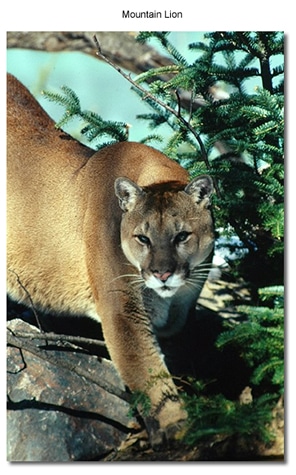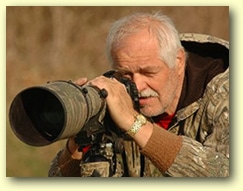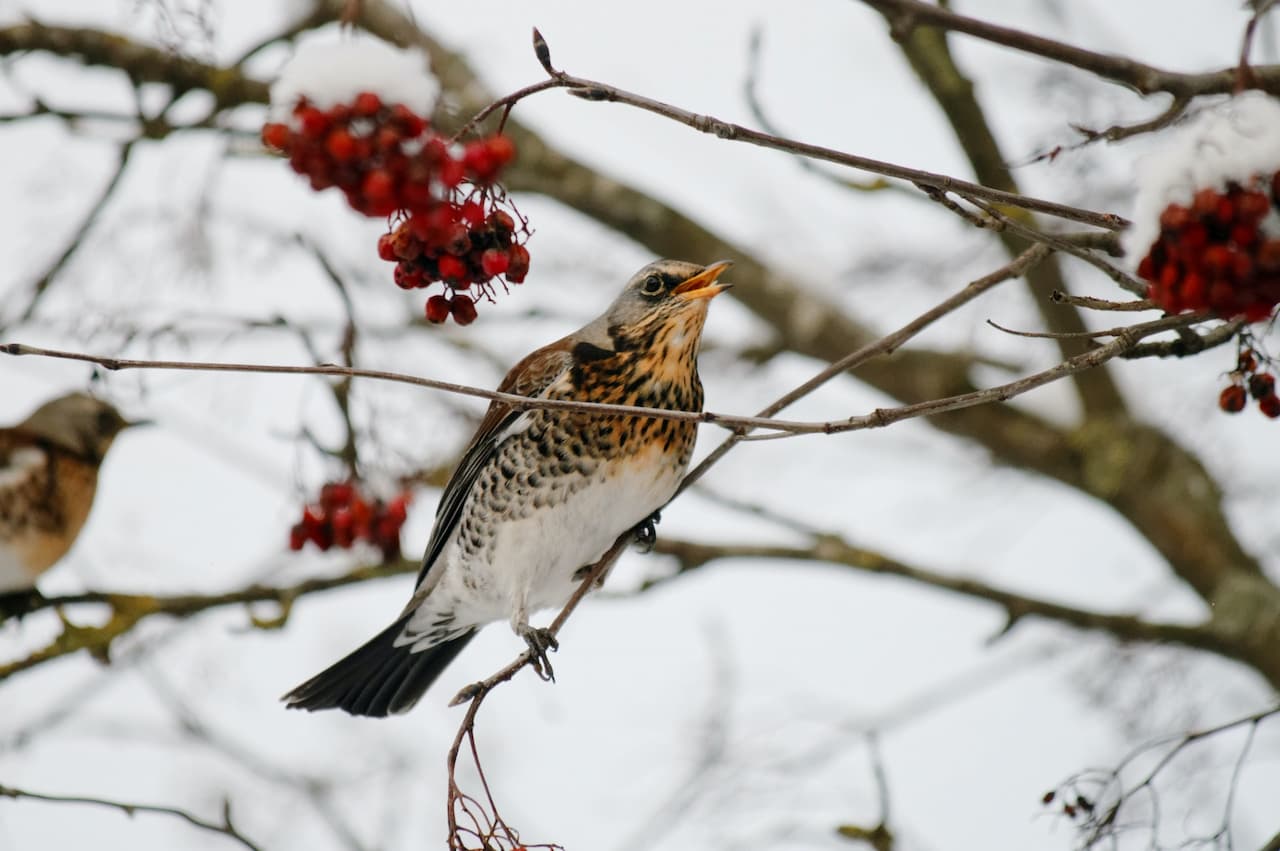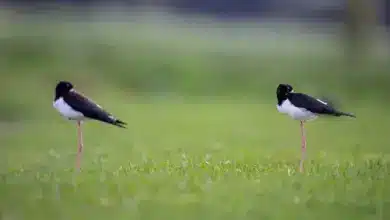Photography: Stalking

This means finding the subject and getting close enough to get that frame filling head shot or get in a position to photograph the subject. Stealth, fast reactions, and being observant are the skills for approaching animals in the wild.
Stalking involves both a knowledge of how to find the animal and the ability to approach them with out interrupting their routine. Be aware of their behavior. NO IMAGE IS WORTH THE ALTERING OF AN ANIMALS DAILY ROUTINE AND MAKE THEM EXPEND USELESS ENERGY.
Stalking involves a number of techniques. Most are similar to that of a predator getting close to its prey.
-
- Blend in with the surroundings: Wear drab colors or camouflage. What seems like good camouflage to humans may not have the same effect with the animal world as they see differently than we do. Take off all shining objects. (This includes the camera and tripod.) Disguise face and hands. (I allow my beard to grow. Even though it is white, it appears more like a south end of a deer facing north than a human face.)
-
- Minimize or mask your scent your scent with strong order from the area and approach from down wind. It is not the human scent that animals fear; it is all the strange perfumes that the human wears to hide the human scent. Scents in laundry powders, soap, mouthwashes, cigarettes, are all foreign to the animal.
-
- Never try to cross open ground to get to an animal. Use natural cover to hide oneself.
-
- Stay in the shade rather than the sunlight; stay in the valley as opposed to a silhouette on the skyline.
-
- Walk with as little of unnecessary movement as possible. Never flail your arms, and roll your feet rather than just stepping. Watch where the feet are placed so one does not step on sticks or crackling leaves.
-
- Avoid eye contact. Staring at the animal telegraphs them the message, “you are my prey.”
- Only move when the animal is engaged in other activity. Stay low. When it checks it surroundings, stand still.

Also be sure, in doing so, that the stalker is not being stalked.
It is challenging and fun to do without even having a camera. Sure beats playing MONOPOLY.
A story….
I was going into the woods dressed in camo and having my tripod slung over my shoulder. I heard a noise at 11 o’clock in front of me. I froze. It was a deer coming my way but continuously looking over its shoulder. It kept coming and walked within six feet of me as it passed me. I gradually twisted my body so as to be able to see where it was headed. The deer sniffed the ground where I had just walked. From its body language, I could tell it picked up my scent. It reversed its direction and headed directly back toward me. It came and stood directly beside me and then sniffed my shoe. Immediately, it raised its head and looked me in the eyes…..I could see the fear in its eyes. Scared deer “blow” (force out all their air). When this deer blew, my hat went blowing from my head. It was gone in a second. Granted I never got an image, but it is the closest I have been to a deer…..these technique do work.
Another time I was stalking a deer. I was ready to set the tripod down and start creating images when I heard a noise behind me. My first thought was that another person was coming to ask, “What are you doing?” I turned around and I was wrong. Not a person but instead a yearling bear stalking me. What a predicament. Do I shot the deer or the bear, or scare them both away? So I yelled at the bear and jumped at it and it and the deer fled. I walked back to my vehicle.
Again I say these techniques do work.
If you would like to add to the above information, or would like to share with the AvianWeb visitors your own experiences, please e-mail the AvianWeb Webmaster.
Photo contributions and articles are welcome!




